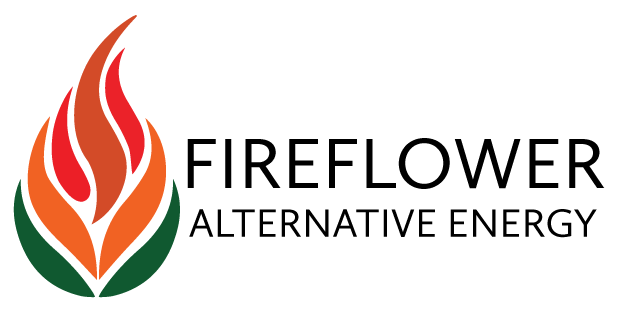Community Solar and Microgrids
- Kathy Doyle
- Jul 12, 2017
- 3 min read
Renewable energy development seems to change faster than it can be developed. Solar energy is no exception. New methods are driven by both incentives provided for investing in and consuming solar power, as well as the increased desire to be more environmentally friendly.
Two of these new solar development techniques are community solar and microgrid projects. Both community solar and microgrid projects are in the trial phase, with relatively few implemented systems. Although they are relatively untested, they both show high potential to be a key piece in future solar development.
-Microgrid Projects
A microgrid is set up very similarly to the actual electric grid, just on a much smaller scale. The first step is an entity who has roof space for solar panels installing them. If that entity does not use all of the electricity produced by the solar array, a credit will be provided on the customer’s utility bill.
With a microgrid system, selling electricity back to the grid is not necessary. Instead, the unused electricity can be sold to neighbors for an agreed-upon price, using electrical connections that have separate meters on them to monitor electricity exchange. This microgrid system removes the need for an interconnection between a solar array and the grid. The electricity is typically sold for a cheaper price than what the grid provides, allowing it to be a financial benefit for both the prosumer and consumer.

A microgrid system, shown below, has been implemented in Brooklyn, NY by Brooklyn Microgrid, which is owned by LO3 Energy, who has the end goal of selling shares to the community to make it community-owned and managed. There are currently 50 participants in the project, and many of them have shared their stories here. The goal of the Brooklyn microgrid project is to be completely independent of the grid and provide 100 percent of the energy demands of its consumers.
-Community Solar Projects
A community solar project is very similar to a microgrid, in that it allows businesses that have sites that do not accommodate solar to use clean, renewable, solar energy, which will not only save money on electricity, but be more sustainable. Community solar projects can be developed by a municipality or a private entity. The electricity-produced array can then be distributed in several different ways; either sold to other businesses and/or residents for an agreed-upon price, or businesses and/or residents may purchase a portion of the solar array and will receive credits for the electricity produced by that portion. In the latter example, the electricity is typically run straight back to the grid and the owner(s) will receive the credits. Community solar projects are almost always connected to the grid.
Somerville, MA recently implemented a community solar project, which is in its beginning stages, but looking very promising to this point. Below is an example of how a community solar project could work, providing solar power to both businesses and residents.
-Comparison

Microgrid and community solar projects are both very similar, the difference being whether the project is grid-connected or not. The biggest benefit each provides (and a major reason both have been developed) is that consumers are allowed to use electricity produced from a solar array, whether they have the ability to install their own solar array or not. Financially, they are both quite similar.
One of the concerns with a microgrid system is that prosumers may not qualify for certain governmental incentives if they are not connected to the grid. Community solar projects do not have this concern, as the electricity produced in these projects is fed into the grid, triggering the incentive-based reimbursement, along with the cheaper electricity costs.
Community solar and microgrid systems still have some issues, both in terms of structure and technology, as can be expected with systems that have not yet been widely implemented. Both of the development methods have extremely high potential to power many electricity consumers completely on solar power.
FireFlower Alternative Energy helps businesses profitably invest in America’s energy independence. With a focus on the numbers, FireFlower invests in and develops renewable energy in the Northeast and can help site owners, commercial energy users, and the financial community collaborate to get real projects built. For more information about FireFlower Alternative Energy, visit www.fireflower-ae.com.
Contact: Kathleen C. Doyle, CEO and Founder
kdoyle@fireflower-ae.com
617-529-8805
Citations:
Brooklynmicrogrid.com. N.p., n.d. Web. 11 July 2017
"It's Like The Early Days of the Internet, Blockchain-based Brooklyn Microgrid Tests P2P Energy
Trading." Microgrid Media. N.p., 12 Jan. 2017. Web. 11 July 2017.
"SunPower By EmPower Solar - Island Park, NY." Save immediately on electric bills with lease, loan, or
purchase packages! SunPower Solar panels, electric vehicle charging & battery solutions. N.p., n.d. Web. 11 July 2017.
Ruckman, K. Guide to Community Solar: Utility, Private, and Non-Profit Project Development. United
States: N. p., 2011. Web. doi:10.2172/1001433.
























